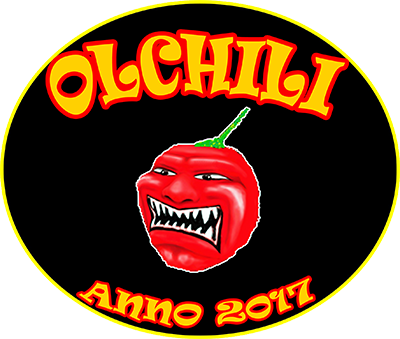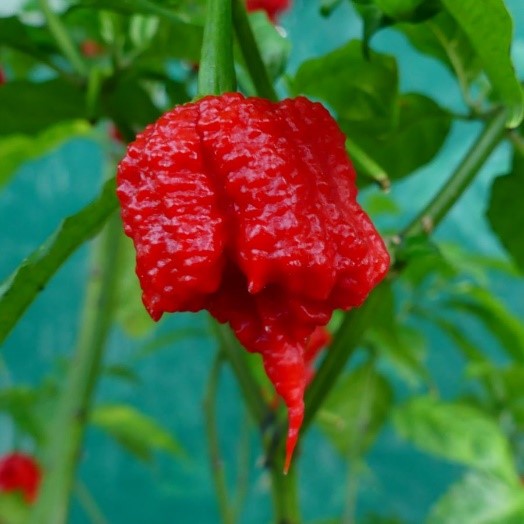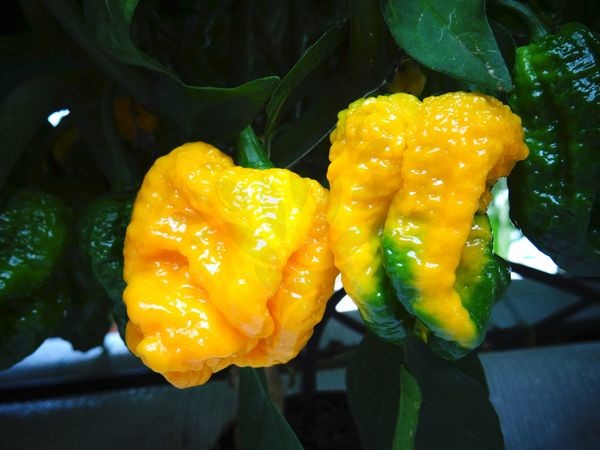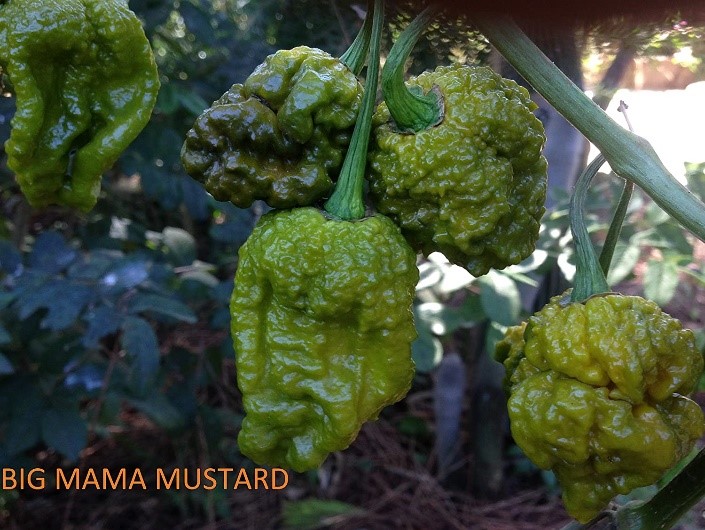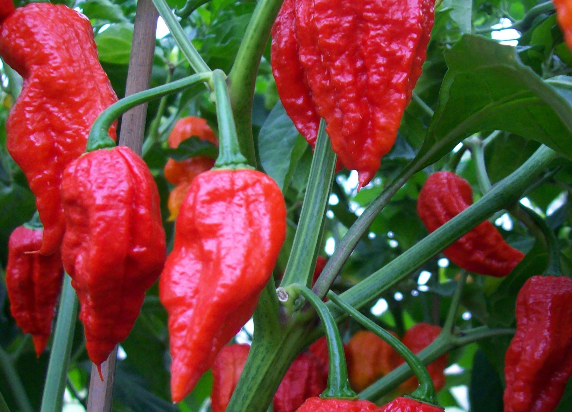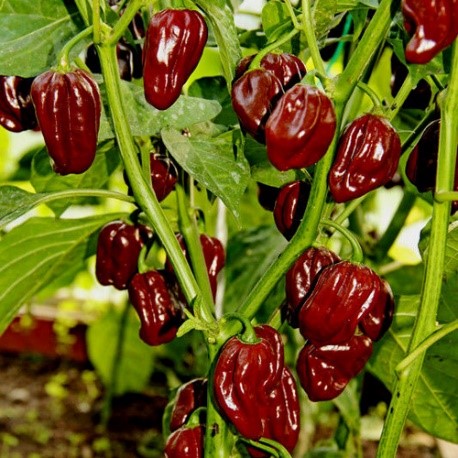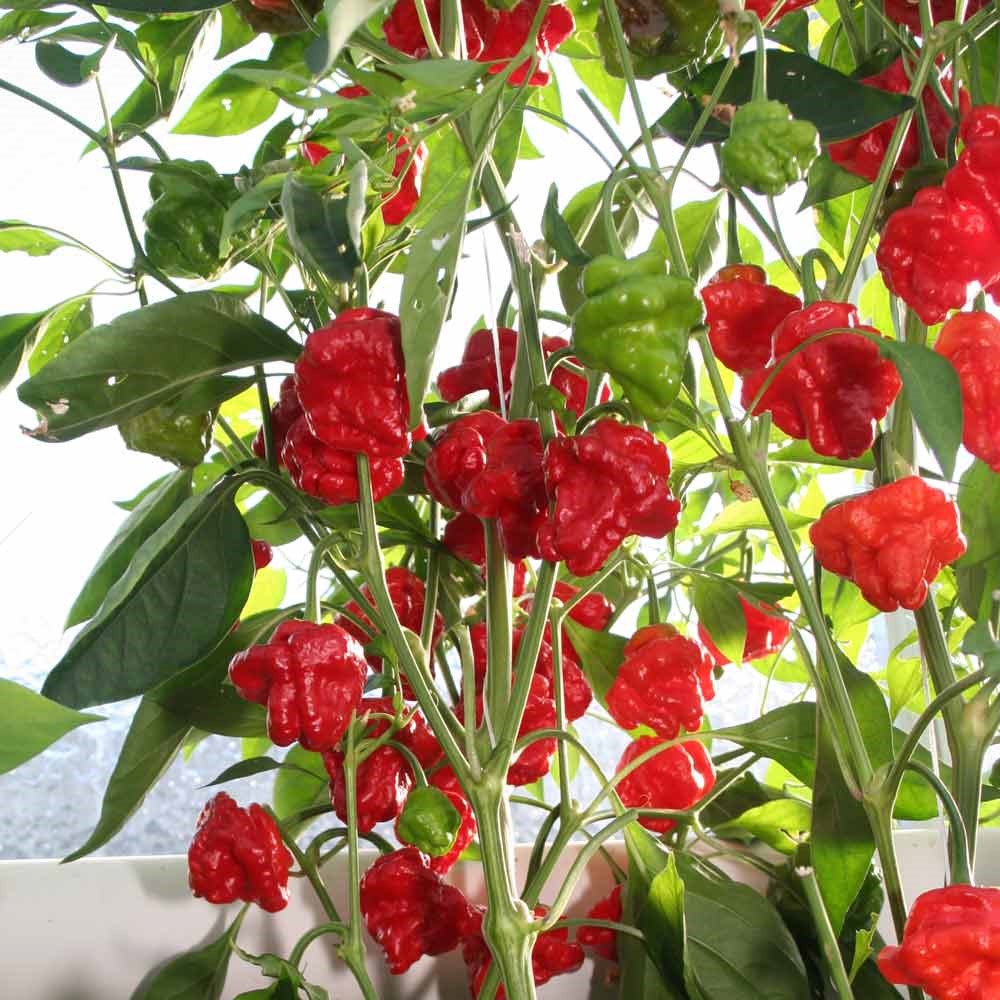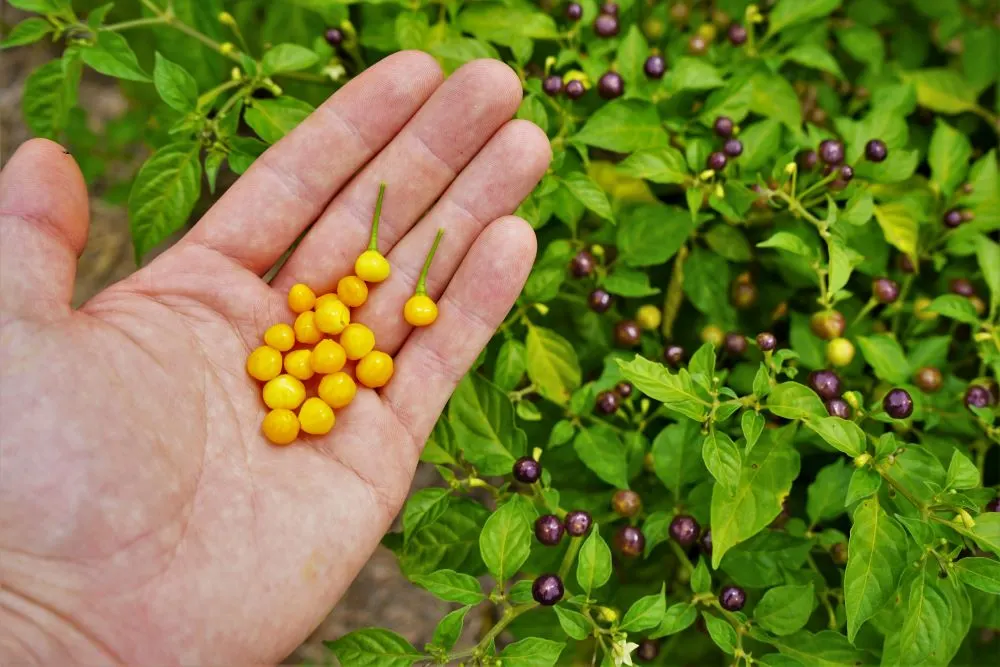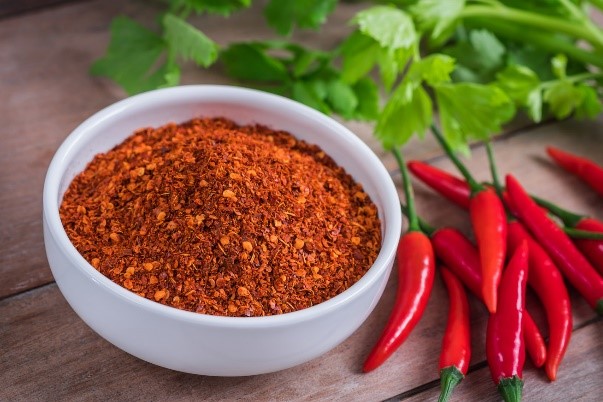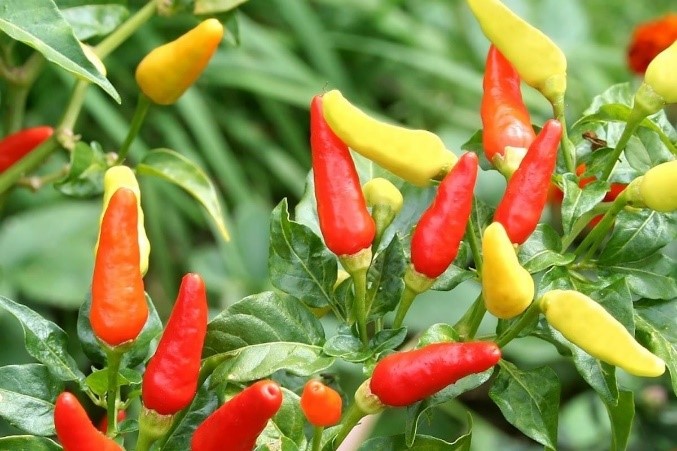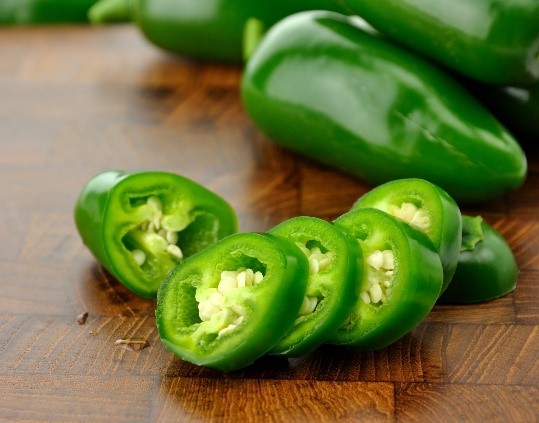Scoville-scale
An American chemist Wilbur Scoville first developed a usable method for measuring sharpness (in 1912), so the unit was named after him. This is the Scoville scale. Sign: SHU (Scoville Heat Unit). The biggest disadvantage of Scoville’s organoleptic test is inaccuracy because it is based on subjective human perception. There is also an “exact” method, a liquid chromatography test (Gillett method) where the concentration of capsaicin is determined. Its unit is ASTA
Nonetheless, the two scales are parallel to each other, with only ASTA about 20–40% lower than what we would get with Scoville’s original method.
In the original procedure, the pepper solution was diluted with sugar water until the “sting” could no longer be detected by the testers (originally five tasters); the pungency is given by the degree of dilution on the Scoville scale. Based on this, sweet peppers that do not contain capsaicin at all (e.g., Kápia) have a Scoville value of zero because their solution is not pungent undiluted. At the other extreme is the Carolina Reaper, one of the strongest peppers. A SHU value above +2,000,000 indicates that the extract must be diluted more than 2,000,000-fold to no longer feel pungent. Capsaicin (formula C18H27O3N), 8-methyl-N-vanillyl-6-nonenamide. It is an alkaloid derived from phenol that makes peppers feel pungent. Colorless, odorless, crystalline or waxy substance. Melting point 62-65 ° C. Very stable compound: neither damaged nor decomposed when heated or frozen. It is soluble in alkalis, alcohol, ether, but insoluble in cold water – so it doesn’t help to relieve the sting of peppers by drinking water. It feels pungent because it stimulates the pain and heat-sensing nerve endings in the mouth. It makes these permanently insensitive, which is why regular chili consumers feel the same peppers are less spicy than inexperienced ones. It also enhances the saliva production needed for taste. It irritates the skin at first, but repeated application anesthetizes the treated area. Capsaicin also protects the hereditary substance (DNA) from the damaging effects of many carcinogenic (carcinogenic) compounds, as well as stimulating circulation and relieving fever. Some doctors say that capsaicin also protects against stomach and horseshoe ulcers. Drug ingredient: stimulates the excretion of digestive juices, but in case of overdose causes inflammation. It stimulates the brain to release sedative neuropeptides (enkephalins and endorphins). It is the “parent compound” in drug experiments for blocking pain-sensing nerves. Due to its irritating effect, tear gas is also used as a raw material.
The picture shows the species grown on the Olchili farm.
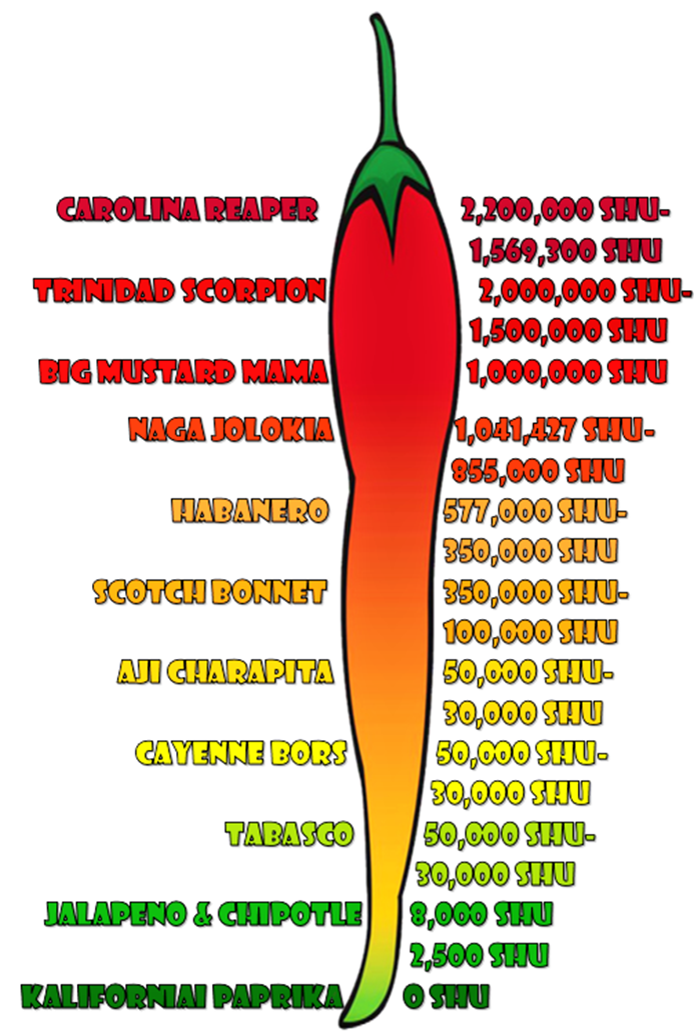
100% Olchili quality
my peppers
Carolina Reaper
1.569.300 SHU
Trinidad Moruga Scorpion
1.500.000 SHU
Big Mustard Mama
1.000.000 SHU
Naga Jolokia
1.001.304 SHU
Habanero
100.000-350.000 SHU
Scotch Bonnet
100.000 – 350.000 SHU
Aji Charapita
30.000-50.000 SHU
Cayenne Bors
30.000-50.000 SHU
Tabasco
40 000 SHU
Jalapeno
2.500 – 10.000 SHU
